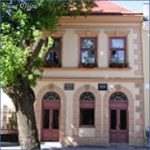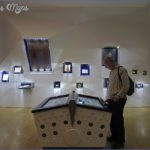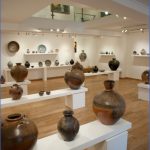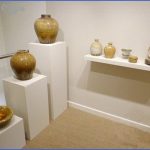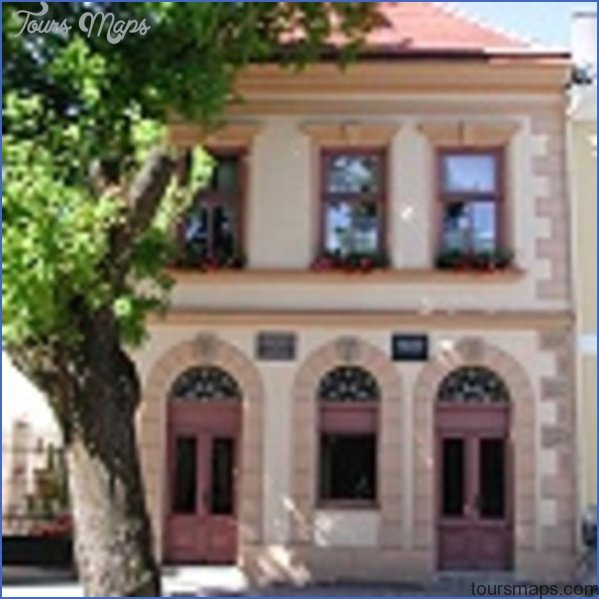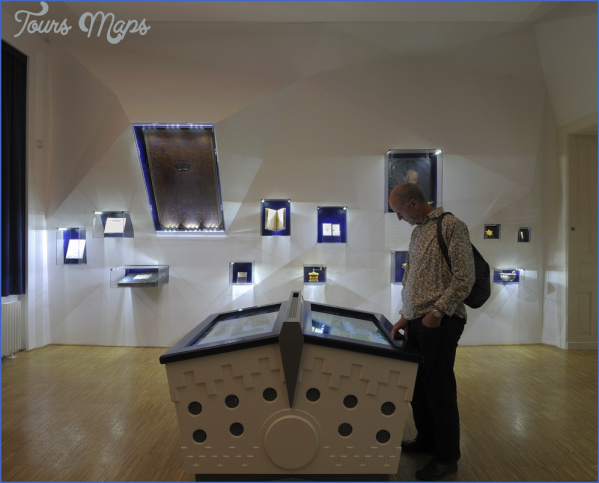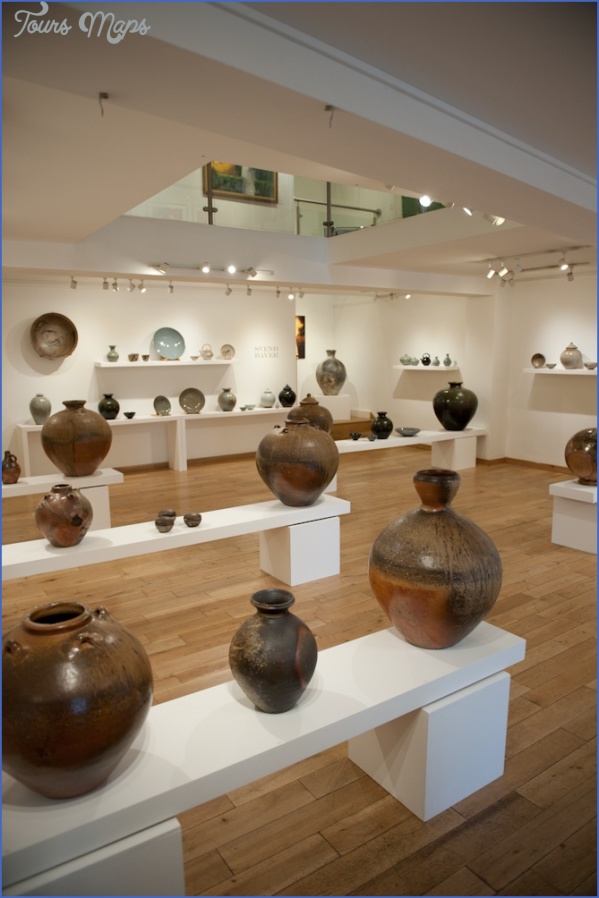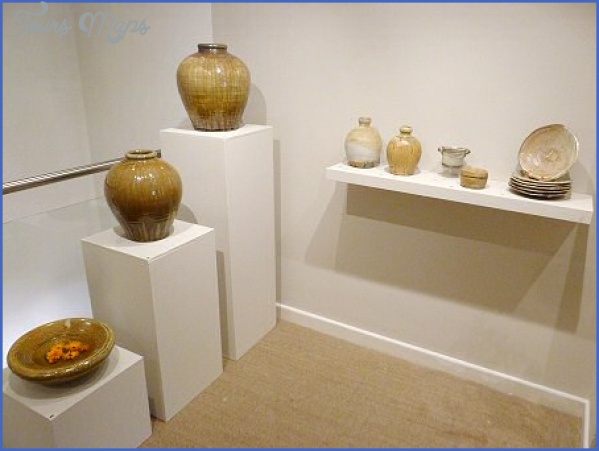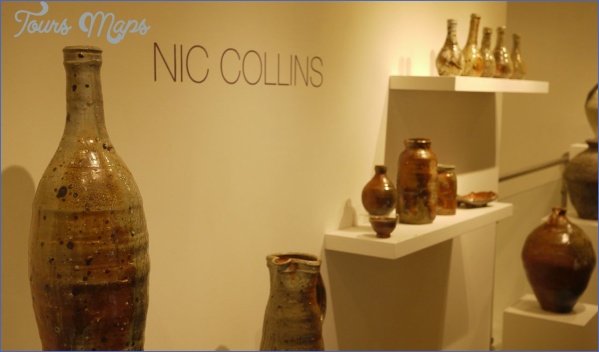GOLDMARK MUSEUM
Deutschkreutz is a small town in Burgenland, in that border region (to which Liszt’s birthplace at Raiding also belongs) that has never been quite sure whether it is really in Austria or Hungary. Carl Goldmark was born deeper in Hungary, at Keszthely, on the corner of Lake Balaton, in 1830, but came to Deutschkreutz in 1834, when he was four, and lived there for ten years. In 1980, on his 150th anniversary, the town decided to commemorate him, taking over and restoring his house in the main street and opening memorial rooms on its ground floor.
It is modest in scale: the visitor needs to make an appointment with the local tourist office, or simply obtain a key at the cafe adjoining or the guesthouse across the road. The entrance lobby provides some context for Goldmark in Deutschkreutz: his father was cantor and notary to the Jewish community, a substantial one with long traditions whose history up to its extinction during World War II is recorded on wall display boards and blown-up photos. These are supported by extracts from Goldmark’s own memoirs, begun in 1911. He died in 1915, in Vienna, where he had lived at Josef Gollgasse 5, and is buried in the Zentralfriedhof.
GOLDMARK MUSEUM Photo Gallery
Eight display boards and a large showcase in the second room chart Goldmark’s schooling in Sopron and his years at the conservatory in Vienna, his time as a violinist scraping a living in the Vienna theatres, and his establishment there as a composer: there are title-pages and openings from his published works and handbills showing their inclusion in concerts organized by Donizetti and Liszt, as well as premieres alongside music by Schumann and Mendelssohn. The displays in the third room are chiefly concerned with his operas, notably the most admired of them, Die Konigin von Saba, long popular especially in Budapest. There are reproductions of title-pages and photos of singers with whom he worked (Amalie Materna, Leo Slezak, Selma Kurz). Several pages of his scores are reproduced, mainly from originals in Budapest, among them the ‘Rustic Wedding’ Symphony, always a favourite. The many portrayals of
Goldmark himself include some charming and affectionate drawings and caricatures, which speak clearly of the man himself.
Maybe You Like Them Too
- Top 10 Islands You Can Buy
- Top 10 Underrated Asian Cities 2023
- Top 10 Reasons Upsizing Will Be a Huge Travel Trend
- Top 10 Scuba Diving Destinations
- World’s 10 Best Places To Visit

